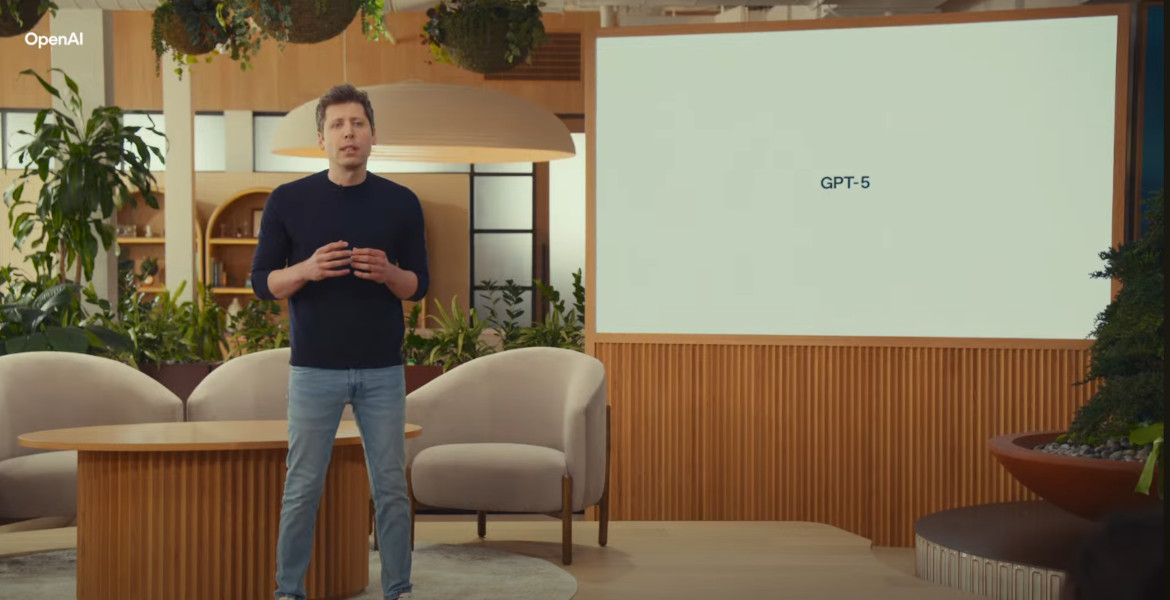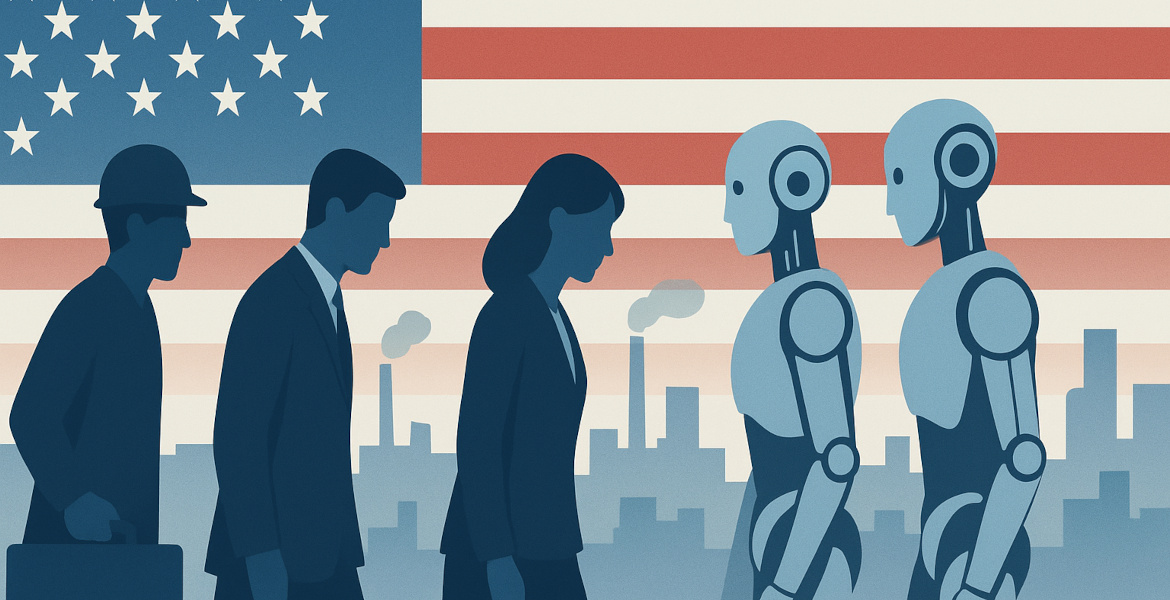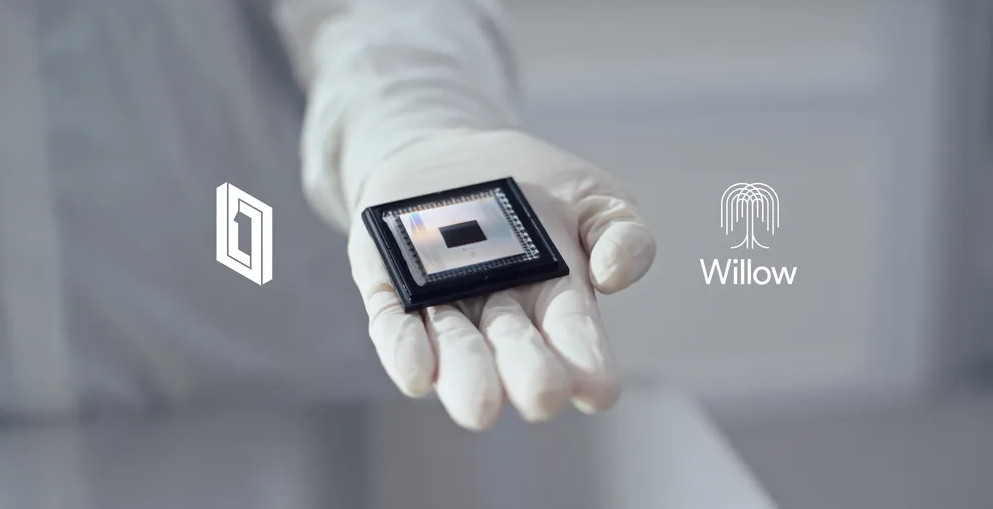OpenAI released its new flagship model GPT-5 on Thursday, which is now available free of charge to all users of the ChatGPT chatbot service. The American AI giant claims that the new model is "the best in the world" and takes a significant step toward developing artificial intelligence that can perform better than humans in most economically valuable work tasks.
GPT-5 differs from previous versions by combining fast responses with advanced problem-solving capabilities. While previous AI chatbots could primarily provide smart answers to questions, GPT-5 can perform complex tasks for users – such as creating software applications, navigating calendars, or compiling research reports, writes TechCrunch.
— Having something like GPT-5 would be pretty much unimaginable at any previous time in history, said OpenAI CEO Sam Altman during a press conference.
Better than competitors
According to OpenAI, GPT-5 performs somewhat better than competing AI models from companies like Anthropic, Google DeepMind, and Elon Musk's xAI on several important tests. In programming, the model achieves 74.9 percent on real coding tasks, which marginally beats Anthropic's latest model Claude Opus 4.1, which reached 74.5 percent.
A particularly important improvement is that GPT-5 "hallucinates" – that is, makes up incorrect information – significantly less than previous models. When tested on health-related questions, the model gives incorrect answers only 1.6 percent of the time, compared to over 12 percent for OpenAI's previous models.
This is particularly relevant since millions of people use AI chatbots to get health advice, despite them not replacing professional doctors.
New features and pricing models
The company has also simplified the user experience. Instead of users having to choose the right settings, GPT-5 has an automatic router that determines how it should best respond – either quickly or by "thinking through" the answer more thoroughly.
ChatGPT also gets four new personalities that users can choose between: Cynic, Robot, Listener, and Nerd. These customize how the model responds without users needing to specify it in each request.
For developers, GPT-5 is launched in three sizes via OpenAI's programming interface, with the base model priced at €1.15 per million input words and €9.20 per million generated words.
The launch comes after an intense week for OpenAI, which also released an open AI model that developers can download for free. ChatGPT has grown to become one of the world's most popular consumer products with over 700 million users every week – nearly 10 percent of the world's population.




